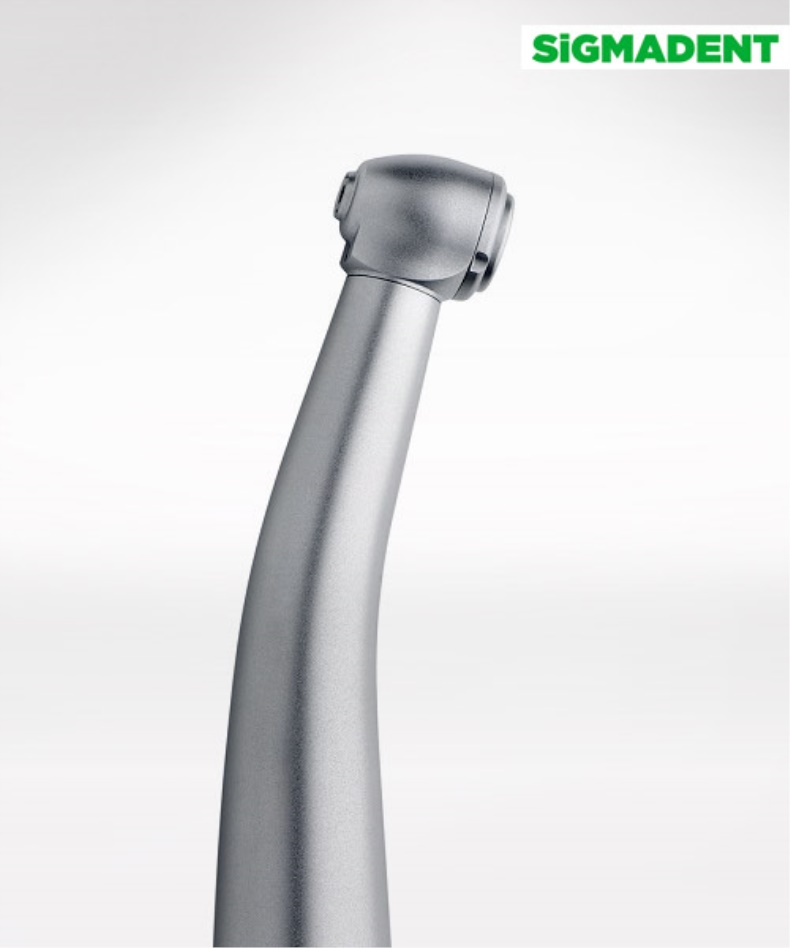
Thrombotic antiphospholipid syndrome: A practical guide to diagnosis and management. Rheumatic and Musculoskeletal Diseases Open.

Antiphospholipid syndrome: State of the art on clinical practice guidelines. Antiphospholipid antibodies and antiphospholipid syndrome. Clinical manifestations of antiphospholipid syndrome. National Heart, Lung, and Blood Institute.

Rarely, in severe cases, antiphospholipid syndrome can lead to multiple organ damage in a short time. These can include miscarriages, stillbirths, premature delivery, slow fetal growth and dangerously high blood pressure during pregnancy (preeclampsia). These can include high blood pressure in your lungs and pulmonary embolism. Another possible complication is heart damage. This can result in chronic swelling and discoloration in your lower legs. A blood clot in your leg can damage the valves in the veins, which keep blood flowing to your heart.

Decreased blood flow to a part of your brain can cause a stroke, which can result in permanent neurological damage, such as partial paralysis and loss of speech. This can result from decreased blood flow to your kidneys. Have high cholesterol and triglycerides levelsĬomplications of antiphospholipid syndrome can include:.Take oral contraceptives or estrogen therapy for menopause.Are immobile for a time, such as being on bed rest or sitting during a long flight.However, having these antibodies increases your risk of developing blood clots, particularly if you: It's possible to have the antibodies associated with antiphospholipid syndrome without developing signs or symptoms. Having another autoimmune condition, such as lupus, increases the risk of antiphospholipid syndrome. Risk factorsĪntiphospholipid syndrome is more common in women than in men. You can also develop the syndrome without an underlying cause. Antibodies usually protect the body against invaders, such as viruses and bacteria.Īntiphospholipid syndrome can be caused by an underlying condition, such as an autoimmune disorder. Signs and symptoms of DVTs include swelling, redness, or pain in a leg or arm.Īntiphospholipid syndrome occurs when the immune system mistakenly produces antibodies that make blood much more likely to clot. If a clot lodges in your lung, you may experience sudden shortness of breath, chest pain and coughing up blood-streaked mucus. You may have difficulty speaking or understanding speech, visual disturbances and a severe headache. A clot in your brain can cause sudden numbness, weakness or paralysis of your face, arm or leg. Seek emergency care if you have signs and symptoms of:
Ifactor medical skin#
Bleeding into the skin will appear as patches of small red spots.Ĭontact your health care provider if you have unexplained bleeding from your nose or gums an unusually heavy menstrual period vomit that is bright red or looks like coffee grounds black, tarry stool or bright red stool or unexplained abdominal pain. This decrease in blood cells needed for clotting can cause episodes of bleeding, particularly from the nose and gums. Low blood platelet counts (thrombocytopenia).Antiphospholipid syndrome can damage heart valves. Chronic headaches, including migraines dementia and seizures are possible when a blood clot blocks blood flow to parts of the brain. Some people develop a red rash with a lacy, net-like pattern. Similar to a stroke, a TIA usually lasts only a few minutes and causes no permanent damage. A stroke can occur in a young person who has antiphospholipid syndrome but no known risk factors for cardiovascular diseases.

Other complications of pregnancy include dangerously high blood pressure (preeclampsia) and premature delivery. These clots can travel to the lungs (pulmonary embolism). Signs of a DVT include pain, swelling and redness. Signs and symptoms of antiphospholipid syndrome can include:


 0 kommentar(er)
0 kommentar(er)
